#185: Stropharioid Mushrooms
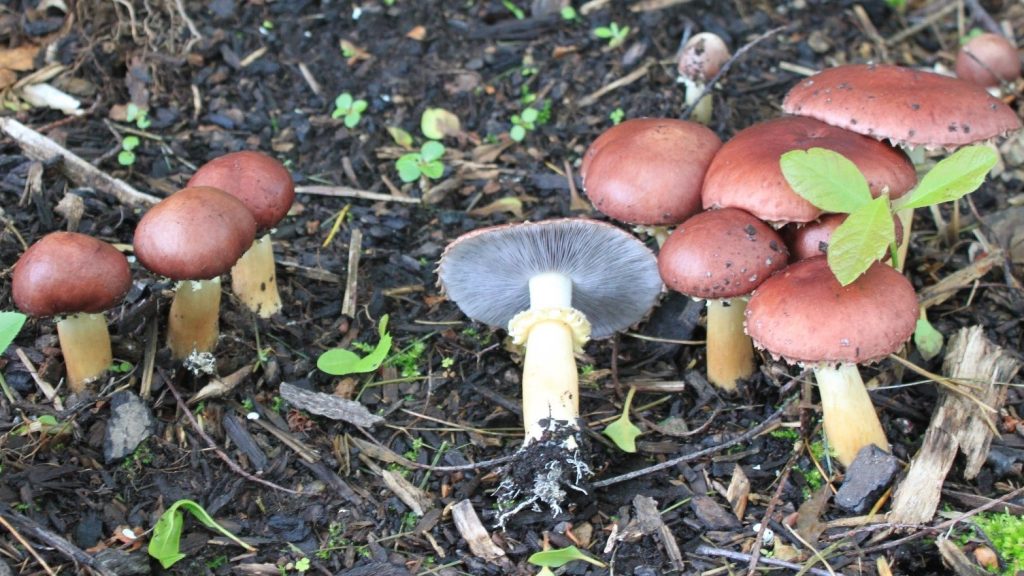
Stropharioid mushrooms, such as this Stropharia rugosoannulata, have a brown spore print, a partial veil, and grow on wood or rich soil. Photo by Ann B. at Mushroom Observer [CC BY-SA 3.0], via Wikimedia Commons
Description
Stropharioid mushrooms have relatively few features that are shared by all species in the group. The unifying macroscopic characteristics are: a brown spore print, attached gills, and a partial veil. This sounds reasonable in theory, but it’s a bit tricky in practice. Spore print color is variable and ranges from light brown to dark purple-brown. Sometimes it is difficult to decide whether gills are attached or free. On top of that, the partial veil is sometimes very ephemeral and may not leave any trace. Luckily, stropharioid mushrooms often grow in dense clusters, which makes it easier to find mushrooms in multiple stages of development. This is a huge help when checking for the presence of a partial veil and even when assessing gill attachment. Stropharioid mushrooms are all saprobic but decompose a variety of substrates, from wood to grassy debris to dung.1,2
With so few visible features tying the group together, it is important to discuss the microscopic characteristics of the stropharioid mushrooms. The two most important features to check are: the shape of the cells on top of the pileus and the texture of the spores. Stropharioid mushrooms have pilei composed of filamentous cells. In other words, the top of the pileus should look like a tangle of fibers when viewed through a microscope. This easily separates the mushrooms from ones with a cellular pileus surface, which would be composed of large and inflated or block-like cells. Stropharioid mushrooms produce spores that are smooth and have a noticeable germ pore. The germ pore looks like a small gap in the spore’s wall and is usually found at one end of the spore. These features can help distinguish the stropharioid mushrooms from similar species. For example, the genus Gymnopilus (which is not quite stropharioid) produces spores with a bumpy coat. One final microscopic feature that stropharioid mushrooms share is parallel lamellar hyphae. If you look at the cross-section of a gill (a.k.a. ‘lamella’), the hyphae in the center are more or less straight and all travel up and down.1
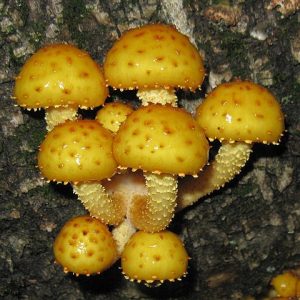
Pholiota aurivella produces large clusters like this from dead wood. The genus releases light brown spores, which distinguishes it from the other stropharioid mushrooms. Photo by John Carl Jacobs (JCJacobs) and adapted by Ak ccm [CC BY-SA 3.0], via Wikimedia Commons
The most commonly encountered Hypholoma mushrooms usually appear on wood. They produce purplish-brown spores and lack partial veil remnants, which easily separates the genus from Pholiota. Other species of Hypholoma grow in boggy or mossy areas. These tend to be small and often fruit singly, which makes identification difficult. The combination of a purple-brown spore print, the presence of a veil but lack of remains, the smooth spores with germ pores, and a filamentous pileus surface will eventually lead you to this genus.2,5
Stropharia species usually are medium-sized to large mushrooms, have a thick fleshy texture, produce persistent rings, and deposit purple-brown spore prints. These mushrooms decompose a variety of debris on the ground, including: grass debris, humus, wood, and dung. Although they can decompose wood, Stropharia mushrooms rarely fruit directly from the wood. The main exception to this is when the wood is in the form of woodchips.1,2,6
Species of Psilocybe are very similar in appearance to Stropharia, but tend to be smaller, have thinner flesh, and have fainter partial veil remnants. Most Psilocybe species produce a ring zone – a thin area on the stipe where the partial veil connected that becomes visible as falling spores get stuck in it – rather than proper rings. The dark purple-brown spores make the ring zone easily visible. Some species of Psilocybe stain blue, which is something that never happens in Stropharia. Psilocybe mushrooms also appear in similar habitats to Stropharia, but have more of a preference for rich soils. They commonly fruit in dung, humus, woodchips, and gardens. The morphological characteristics that separate Psilocybe and Stropharia are not very consistent, so species are frequently swapped between the two genera. As a result, field guides may be inconsistent on which species belong to which genus.2,6
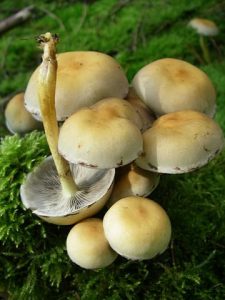
This picture of Hypholoma fasciculare demonstrates the lack of consistent partial veil remnants, which is characteristic of the genus. Photo by Thomas Pruß [CC BY-SA 3.0], via Wikimedia Commons
Similar Species
Agaricus (FFF#174) species, non-deliquescent coprinoid mushrooms (FFF#177), Bolbitaceae species, and cortinarioid mushrooms can all appear similar to stropharioid mushrooms. The most reliable way to separate these mushrooms is by checking microscopic characteristics. Alternatively, you can go out and identify as many mushrooms as possible to get a feel for what the genera should look like. Our brains are good at categorizing things, so the more you see stropharioid mushrooms the easier it will become to identify them without consulting microscopic features. Exactly how this works is impossible to put into words; it is more of an intuition than a logical assessment of features.
To some extent, I don’t think it is important to know the differences between stropharioid mushrooms and similar species. I can tell the difference between Stropharia and Cortinarius, but I will always have to consult a key for something with an intermediate morphology. Of course, different field guides sometimes deal with those interstitial mushrooms differently. Getting to know how your field guide works is perhaps more important than remember the differences between morphological groups.
Edibility
There are very few edible stropharioid mushrooms. The best edible in the group is Stropharia rugosoannulata (FFF#193), known as the Wine Cap or King Stropharia, and is actually cultivated in Europe. Hypholoma sublateritium (FFF#125), the Brick Cap, is sometimes considered edible and other times labeled poisonous, but is probably the best-known “edible” from Hypholoma. Pholiota has even fewer edible species, since most mushrooms in that genus cause gastrointestinal distress (FFF#099). The most interesting stropharioid mushrooms belong to the genus Psilocybe. Many Psilocybe mushrooms contain the hallucinogenic toxin psilocybin (FFF#098), which some people use as a recreational drug.2,3
Taxonomy
Traditionally, stropharioid mushrooms were placed in the family Strophariaceae and divided among four genera: Stropharia, Hypholoma, Psilocybe, and Pholiota. However, mycologists cannot agree on which mushrooms should fall into which genus. Consequently, these mushrooms often get shuffled around. So far, DNA has not improved the picture. Even with genetic analysis, the lines between the genera are unclear. Mycologists now seem to be debating whether to solve this problem by making the genera less specific (for example, by combining all four genera into a very large Psilocybe) or more specific (thereby requiring additional genera, such as Leratiomyces).5–7 This debate will probably remain unsettled for decades, so get used to frequent name changes.
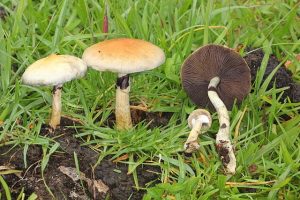
This Psilocybe cubensis belongs to the hallucinogenic and blue-staining lineage. Note the dark spores coloring the ring zone on the stipe. Photo by Alan Rockefeller [CC BY-SA 3.0], via Wikimedia Commons
Another contribution from DNA is that the genus Agrocybe now belongs to the Strophariaceae.13 However, this was a recent change and Agrocybe probably keys out with the cortinarioid mushrooms or the Bolbitaceae in your field guide.
| Kingdom | Fungi |
| Division | Basidiomycota |
| Subdivision | Agaricomycotina |
| Class | Agaricomycetes |
| Subclass | Agaricomycetidae |
| Order | Agaricales |
| Family | Strophariaceae Singer & A.H. Sm.14
Hymenogastraceae Vittad.15 |
This post describes a group of mushrooms and as such the information on this page (including the pictures) cannot be used to identify any mushroom in particular.
This post does not contain enough information to positively identify any mushroom. When collecting for the table, always use a local field guide to identify your mushrooms down to species. If you need a quality, free field guide to North American mushrooms, I recommend Michael Kuo’s MushroomExpert.com. Remember: when in doubt, throw it out!
See Further:
http://www.mushroomexpert.com/strophariaceae.html
http://www.mushroomexpert.com/stropharia.html
http://www.svims.ca/council/Stroph.htm
http://www.mushroomexpert.com/pholiota.html
http://www.svims.ca/council/Pholio.htm
http://www.mushroomexpert.com/hypholoma.html
Citations
- Kroeger, P. Trial Keys to purple to blackish spored STROPHARIACEAE of British Columbia, Canada. Pacific Northwest Key Council (2009). Available at: http://www.svims.ca/council/Stroph.htm. (Accessed: 14th April 2017)
- Miller, O. K. & Miller, H. North American mushrooms: a field guide to edible and inedible fungi. (Falcon Guide, 2006).
- Scates, K., Gospodnetich, T. & North Idaho Mycological Association. Trial key to the species of PHOLIOTA in the Pacific Northwest. Pacific Northwest Key Council (2007). Available at: http://www.svims.ca/council/Pholio.htm. (Accessed: 14th April 2017)
- Kuo, M. The Genus Pholiota. MushroomExpert.Com (2007). Available at: http://www.mushroomexpert.com/pholiota.html. (Accessed: 14th April 2017)
- Kuo, M. The Genus Hypholoma. MushroomExpert.Com (2016). Available at: http://www.mushroomexpert.com/hypholoma.html. (Accessed: 14th April 2017)
- Kuo, M. Stropharia, Leratiomyces & Psilocybe. MushroomExpert.Com (2007). Available at: http://www.mushroomexpert.com/stropharia.html. (Accessed: 14th April 2017)
- Kuo, M. The Strophariaceae (‘Pholiostrohyphopsilocybe’). MushroomExpert.Com (2005). Available at: http://www.mushroomexpert.com/strophariaceae.html. (Accessed: 14th April 2017)
- Psilocybe. Wikipedia (2017).
- Moncalvo, J.-M. et al. One Hundred and Seventeen Clades of Euagarics: Figure 2. Vilgalys Mycology Lab – Duke University (2002). Available at: http://sites.biology.duke.edu/fungi/mycolab/publications/agaric877fig2.html. (Accessed: 14th April 2017)
- Index Fungorum – Names Record (Galerina). Index Fungorum Available at: http://www.indexfungorum.org/names/NamesRecord.asp?RecordID=17631. (Accessed: 14th April 2017)
- Index Fungorum – Names Record (Gymnopilus). Index Fungorum Available at: http://www.indexfungorum.org/names/NamesRecord.asp?RecordID=17702. (Accessed: 14th April 2017)
- Index Fungorum – Names Record (Hebeloma). Index Fungorum Available at: http://www.indexfungorum.org/names/NamesRecord.asp?RecordID=17723. (Accessed: 14th April 2017)
- Index Fungorum – Names Record (Agrocybe). Index Fungorum Available at: http://www.indexfungorum.org/names/NamesRecord.asp?RecordID=17034. (Accessed: 14th April 2017)
- Strophariaceae. Mycobank Available at: http://www.mycobank.org/Biolomics.aspx?Table=Mycobank&Rec=59011&Fields=All. (Accessed: 14th April 2017)
- Hymenogastraceae. Mycobank Available at: http://www.mycobank.org/Biolomics.aspx?Table=Mycobank&Rec=451492&Fields=All. (Accessed: 14th April 2017)


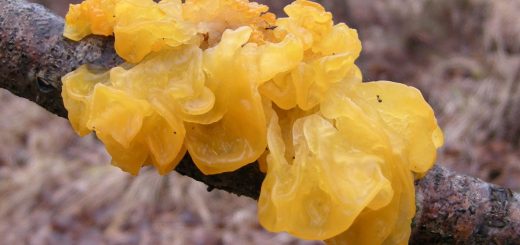
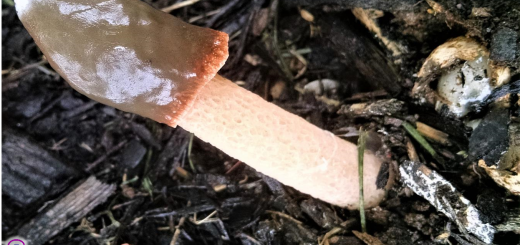





![#011: Characteristics of Kingdom Fungi [Archived]](https://www.fungusfactfriday.com/wp-content/themes/hueman/assets/front/img/thumb-small-empty.png)

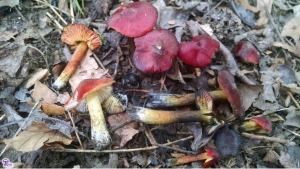
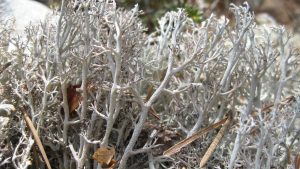
All I wanted to know is pholiota apsychoactive
Just like edibility, you have to look up psychoactivity for each separate species. A genus can have both poisonous and edible or psychoactive species. It’s best to assume that a mushroom is not psychoactive unless your field guide specifically says it is. As for Pholiota, I’m not aware of any psychoactive species in the genus.